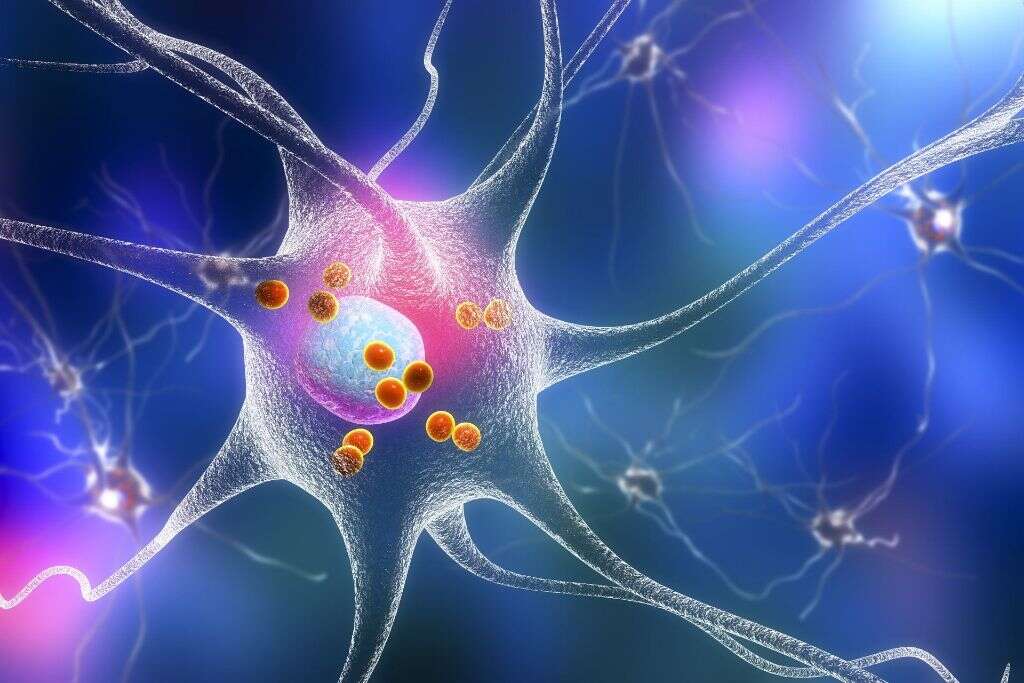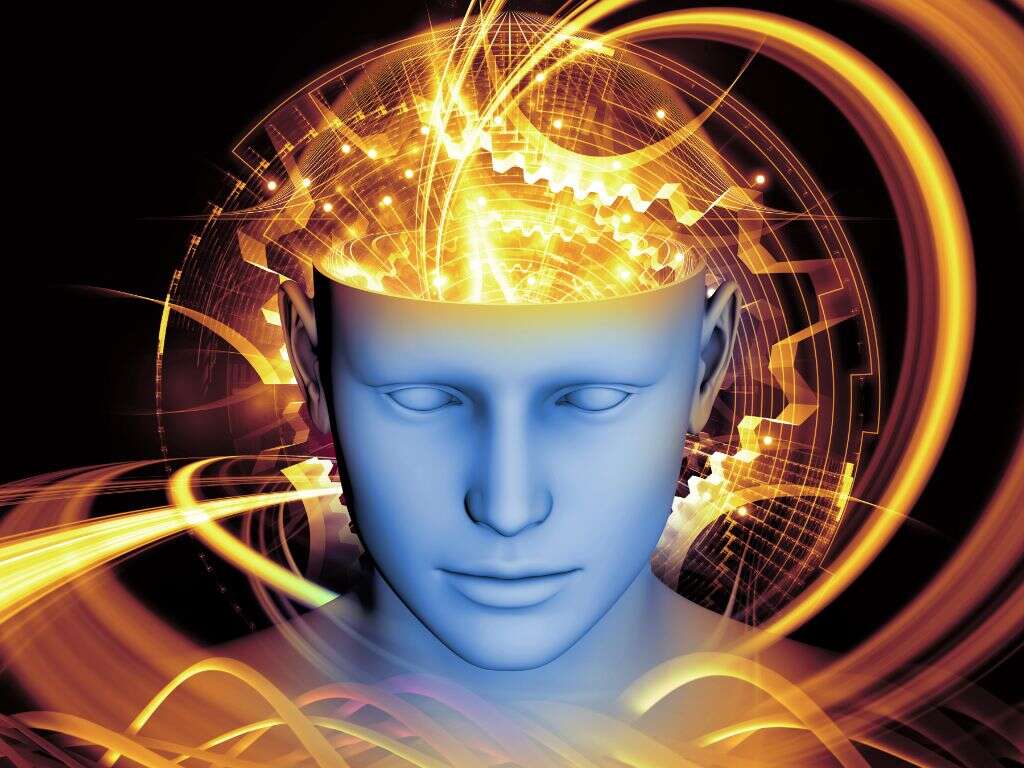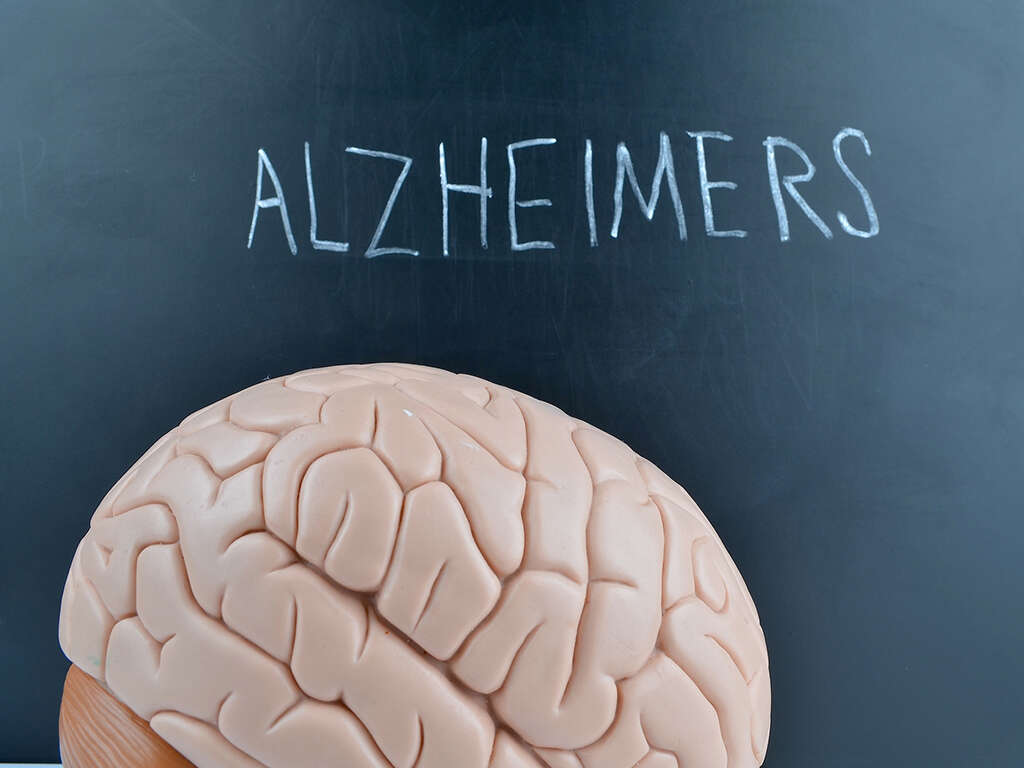What Is Lewy Body Dementia?
As we grow older, we tend to not be able to perform as well as when we were younger. Physically we get slower, weaker, and less agile, while some people will slow down mentally also. Old age for some people will mean that their brains begin to suffer, and this can have devastating effects.
Dementia is a condition where the patient suffers cognitive decline as their brain is affected by disease. There are different types of disease that cause dementia, and the most common of all is Parkinson’s disease. The next common is a disease known as Lewy body dementia, and it has many similarities to Parkinson’s.
1. Lewy Body Dementia
Lewy bodies are deposits in the brain of a type of protein known as alpha-synuclein. As these deposits build up, they can begin to affect how messages are passed through the brain. This can, in turn, begin to have an effect on the brain’s ability to function as it usually would.
Lewy body dementia is a disease that will be barely noticeable to being with, with very mild symptoms that have little to no impact on the patient’s quality of life. The disease will gradually get worse as the years go by, however, and the patient can eventually have their lives severely impacted by the disease.
2. Causes
We know that Lewy body dementia is the build of the protein mentioned. However, we do not yet know what or how this happens. However, we do know that somebody is more likely to have the disease if there is a history of it in their family. Other factors include having certain other medical conditions, and some lifestyle choices such as smoking.
It is not clearly understood exactly how these proteins cause damage to the brain. However, there is evidence that they affect the way that signals are passed throughout the brain. The proteins are also associated with other dementia conditions, including Parkinson’s disease.

3. Movement Symptoms
Lewy body dementia will cause the patient to develop problems with their movement. These include Parkinsonian signs, which are symptoms that you would typically expect to find in people with Parkinson’s disease. This includes symptoms like tremors, rigid muscles, a shuffling gait, and generally slower movement.
These movement disorders can sometimes result in the patient falling, and this can lead to injuries and other problems for the patient. As the disease progresses over time, the patient will become increasingly dependent on support from other people. This means the disease can also be demanding on the friends and family of the patient who are caring for them.
4. Automatic Nervous System Symptoms
The automatic nervous system controls functions that we don’t usually have any conscious control over. This includes things like our blood pressure, sweating, and digestive processes. As Lewy body dementia continues to affect the functioning of the brain, these processes can also become affected.
This can result in symptoms like dizziness as the patient’s blood pressure drops too low. They can also develop symptoms like constipation as the digestive system is affected. The patient may also develop rapid eye movement (REM) sleep behavior disorder, which is a condition where the patient will act out their dreams while they are still sleeping.

5. Mental Symptoms
Lewy body dementia will also have a profound effect on the patient’s mental condition. The patient can go through periods of taking very long naps or staring blankly into space. They can often be very drowsy and will have difficulty speaking clearly. The patient may also suffer from apathy, losing interest even in activities they used to enjoy.
The condition will also likely cause cognitive problems for the patient. Their attention span can shorten and they can also become confused more easily than usual. They can also experience memory loss, while they can also experience difficulties judging the space and distance of objects around them.
6. Hallucinations
Lewy body dementia can also cause the patient to have hallucinations. They can be so vivid for the patient that, for them, what they are experiencing is very real. The hallucinations can also recur, and it can become very difficult for the patient to differentiate between what is real and what is not real.
The hallucinations will often be visual, and the patient may even clearly see people that are just not there in reality. In addition to seeing things, the patient may also smell things that just do not exist. They can even hear sounds that have not been made.

7. Complications
As well as the symptoms already mentioned, Lewy body dementia can also cause the patient to develop potentially severe complications. One such complication is injuries that can be sustained from falling. Also, symptoms like tremors can worsen to the point where the patient is effectively incapacitated.
Other potential symptoms of Lewy body dementia include aggressive behavior, even towards people the patient is close to. Their cognitive abilities can decline to the point where they don’t recognize people and are unable to perform simple tasks. Depression will also occur in many cases, and death will occur after around 8 years on average.
8. Who’s At Risk
Although we don’t understand what causes Lewy body dementia, there are some factors that make it statistically more like somebody will develop the disease. People who smoke are at a higher risk of the disease, while people who consume a lot of caffeine are at a lower risk.
Statistically speaking, the longer a person has been in education, the less likely they are to develop Lewy body dementia. Having certain other medical conditions will increase the risk, and people who have had a stroke are also at a higher risk. Men are more prone to the condition than women are, and people aged 60 years and above are also at a greater risk.

9. Diagnosis
Experts will likely need to perform a number of tests in order to diagnose Lewy body dementia. This includes tests that will help to look for signs of strokes, tumors, and anything else that might be affecting how the brain functions. Other neurological tests may be performed that will help to test metrics like the patient’s strength, balance, and reflexes.
Blood samples may be taken so the patient’s blood can be checked for factors like hormonal levels and vitamin deficiencies. Brain scans may also be taken to help look for signs of physical problems with the brain. Tests can also be performed to check for issues with the heart that can be an indicator of Lewy body dementia.
10. Treatment
There is no known cure for Lew body dementia. However, medication is available that can at least help to slow the progression of the disease. They can also help to reduce the severity of the patient’s symptoms. These include medications that are also used to help treat Parkinson’s disease.
In addition to medication, therapy is also often used. This can include creating routines and simplifying tasks to make it easier for the patient to do things for themselves. It can also mean making changes to their living quarters to reduce clutter and distracting noises. People close to the patient may also need to be taught how to behave around them.









